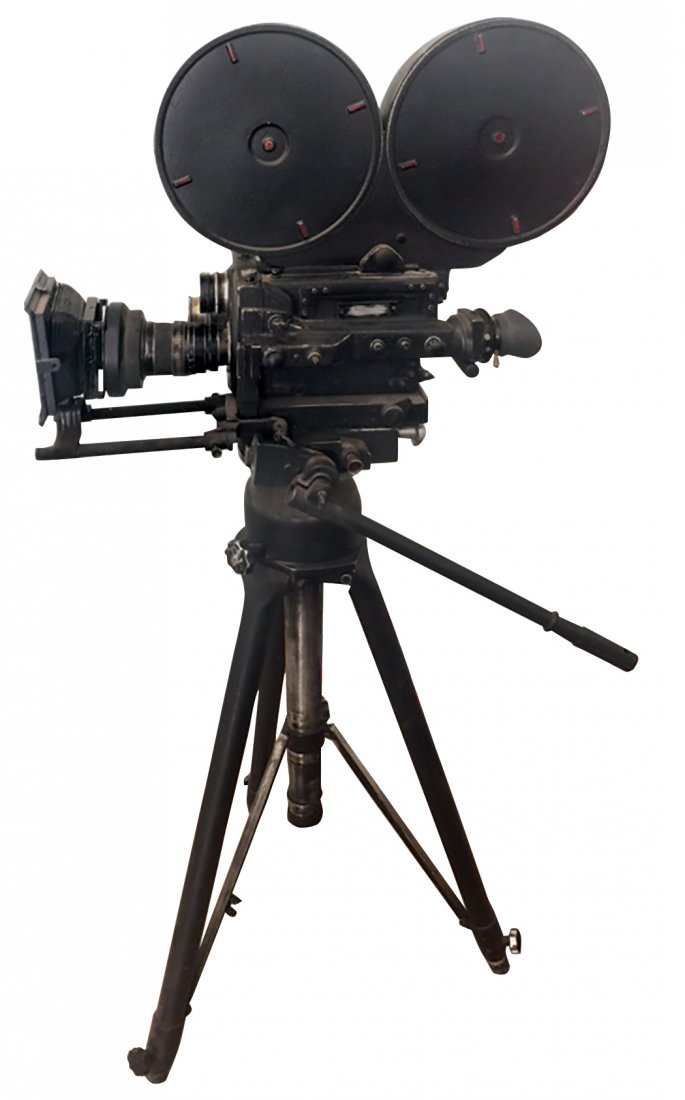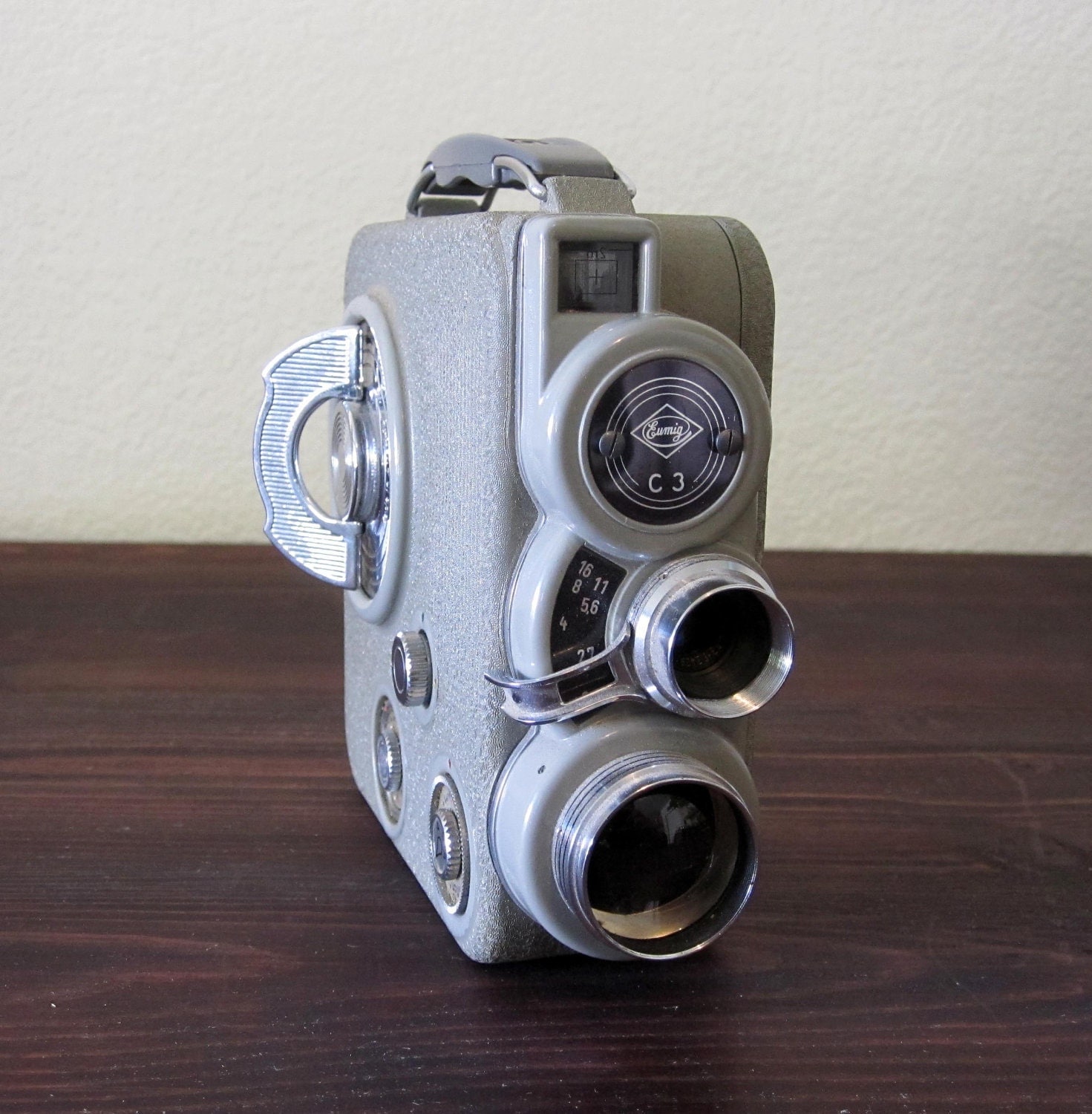

Several technical changes were made to the H cameras in 1954, above all an entirely different claw drive together with a laterally inverted film gate and a 170 degrees opening angle shutter. In 1952, during the golden era of 3D film, Bolex offered the Bolex Stereo: a 3D stereo kit for their H16 camera and model G projectors. The company also made a successful range of high-end movie projectors for all amateur film making gauges.
Vintage movie camera retro professional#
With the postwar boom in home movie making, Paillard-Bolex continued to develop its 8 mm and 16 mm ranges with the H16 increasingly adopted by professional film makers. Paillard-Bolex introduced the L 8 for the market of pocket 8 mm film cameras. In 1935, the H 16 camera was put on the market, the 9.5 mm version followed in 1936 and the Double-8mm version in 1938. In 1932, Marc Renaud, a young engineer, inspired by the products of Paillard and assisted by Professor Ernest Juillard, began development of the Paillard H 16 camera. The Bolex as we know it is the invention of the engineers at Paillard. With the patents sold by Boolsky proving unusable and the machines defective, Paillard had to start from scratch to invent a Bolex which had only kept the name of Boolsky's "invention".

In fact, the alleged inventor of the Bolex did not invent anything about the camera, which as early as 1935 would become known under this name. The traditional version of the story tended to present the situation rather simply: Bolex is the name of a brand produced by the Paillard company, a brand represented mainly by a camera that was invented by Jacques Boolsky (another of Jacques Bogopolsky's names).

Soon Paillard realized that the cameras and projectors were not in fact the exceptional products promised by their partners, and after two years Jacque Bogopolsky was no longer welcome in Sainte-Croix.

As of 1929, the company Longines no longer wished to produce the cameras.īolex was bought by Paillard & Cie for 350,000 Swiss francs and Jacques Bogopolsky was hired as consulting engineer for five years. However, the Auto Ciné A and B were produced by Longines in Saint-Imier and the projector by Stoppani in Bern. Charles Haccius invested 250,000 Swiss francs in the company. In 1927, Jacques Bogopolsky imagined a camera for the 16 mm format (Bolex Auto-Cine A,B,C), and created the Bolex society with the help of Charles Haccius, a businessman from Geneva. 5.1 Jacques Bogopolsky and Charles Haccius.5 Notable models: cameras and projectors.The 16 mm spring-wound Bolex is a popular introductory camera in film schools. While some later models are electrically powered, the majority of those manufactured since the 1930s use a spring-wound clockwork power system. Over the years, notable Bolex users and owners include: Andy Warhol, Peter Jackson, Steven Spielberg, Jonas Mekas, Jean-Luc Godard, Antoine de Saint-Exupéry, James Dean, David Lynch, Marilyn Monroe, Edmund Hillary, and Mahatma Gandhi Paillard-Bolex cameras were much used by adventurers, artists, as well as nature films, documentaries, and are still favoured by many animators. He later designed a camera for Alpa of Ballaigues in the late 1930s. In 1923 he presented the Cinégraphe Bol at the Geneva fair, a reversible apparatus for taking, printing, and projecting pictures on 35 mm. Originally Bol, the company was founded by Charles Haccius and Jacques Bogopolsky (a.k.a. The most notable products of which are in the 16 mm and Super 16 mm formats. is a Swiss manufacturer of motion picture cameras based in Yverdon located in Canton of Vaud.


 0 kommentar(er)
0 kommentar(er)
